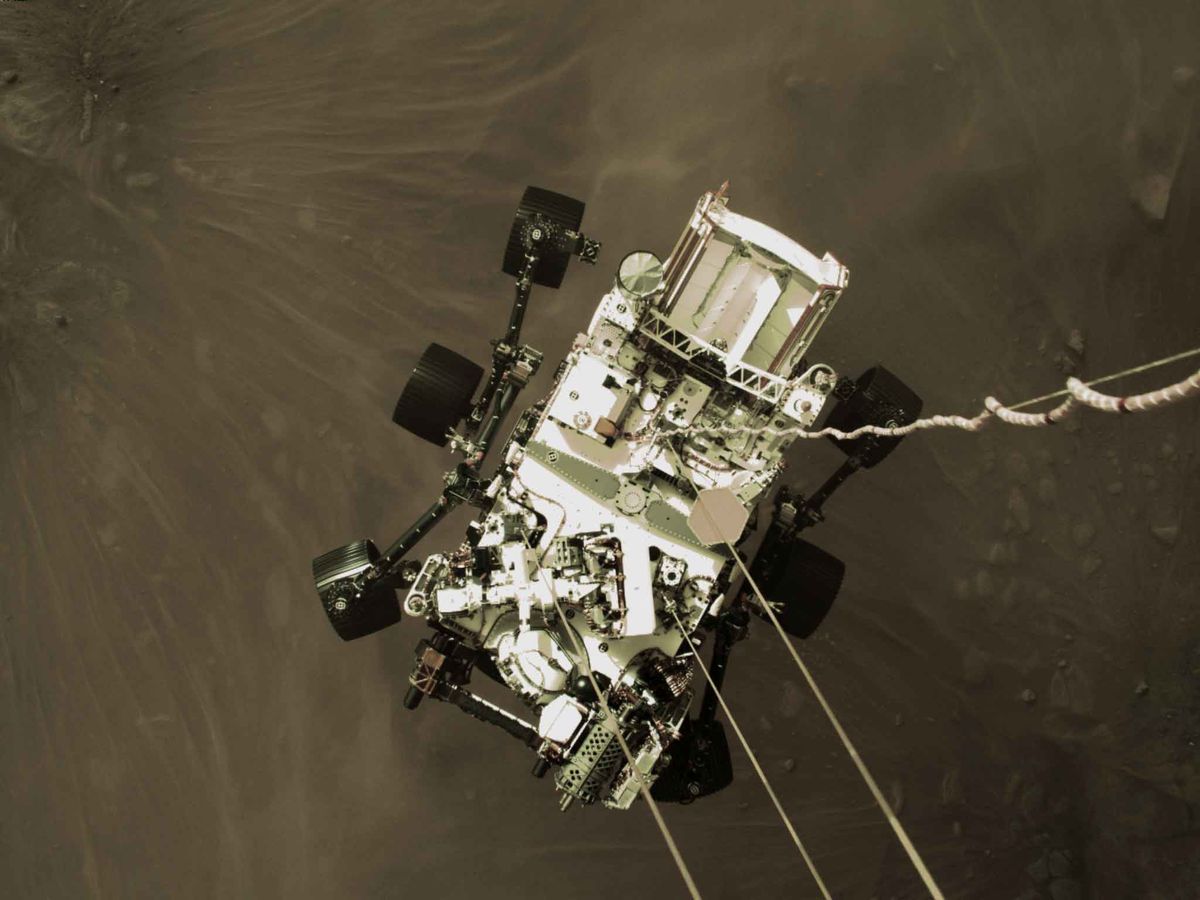
But that can't be allowed to happen on Mars, where circuits on Perseverance control everything from the cameras to the laser, to the complex system that will cache potentially habitable rock samples for a future sample-return mission.
Xilinx — the company providing integrated circuits for several of Perseverance's instruments — has had its technology on Mars since NASA's Opportunity and Spirit rovers in 2004.
Sawant noted that several classified satellites have also used Xilinx circuits for long-standing missions in the harsh environment of radiation belts near Earth, so Xilinx has experienced radiation first-hand in Earth orbit and on Mars, and knows how to deal with it.
On Perseverance, the circuits are "triple-module redundant," which means that Xilinx manufactures three copies of each circuit powering an instrument or a camera on the rover.Curiosity — which also carries Xilinx products — had a two-year prime mission after landing in 2012, but is still going strong after nearly seven Earth years on the Red Planet.
The circuits were used in the "vision compute" element of Perseverance's landing system that enabled it to pick the right spot to land on Mars.
Xilinx's integrated circuits are used in four instruments on Perseverance, all designed to withstand years of Mars radiation.Xilinx circuitry is also working well on the NASA OSIRIS-REx (Origins, Spectral Interpretation, Resource Identification, Security-Regolith Explorer) mission to asteroid Bennu, which has been in space since 2016 and won't return with samples to Earth until 2023.Xilinx aims to launch its technology on the NASA Europa Clipper mission to orbit the icy Jupiter moon, too, which may require six years of cruise time in space after its planned 2024 launch.
"In addition to the environmental aspects … the distance between Mars and Earth makes the mission challenging.
As for Xilinx, the newest generation of its integrated circuits — released in May 2020 — will not only be resistant to radiation in multiple orbits around Earth or missions across the solar system, but will also include a machine-learning ecosystem.